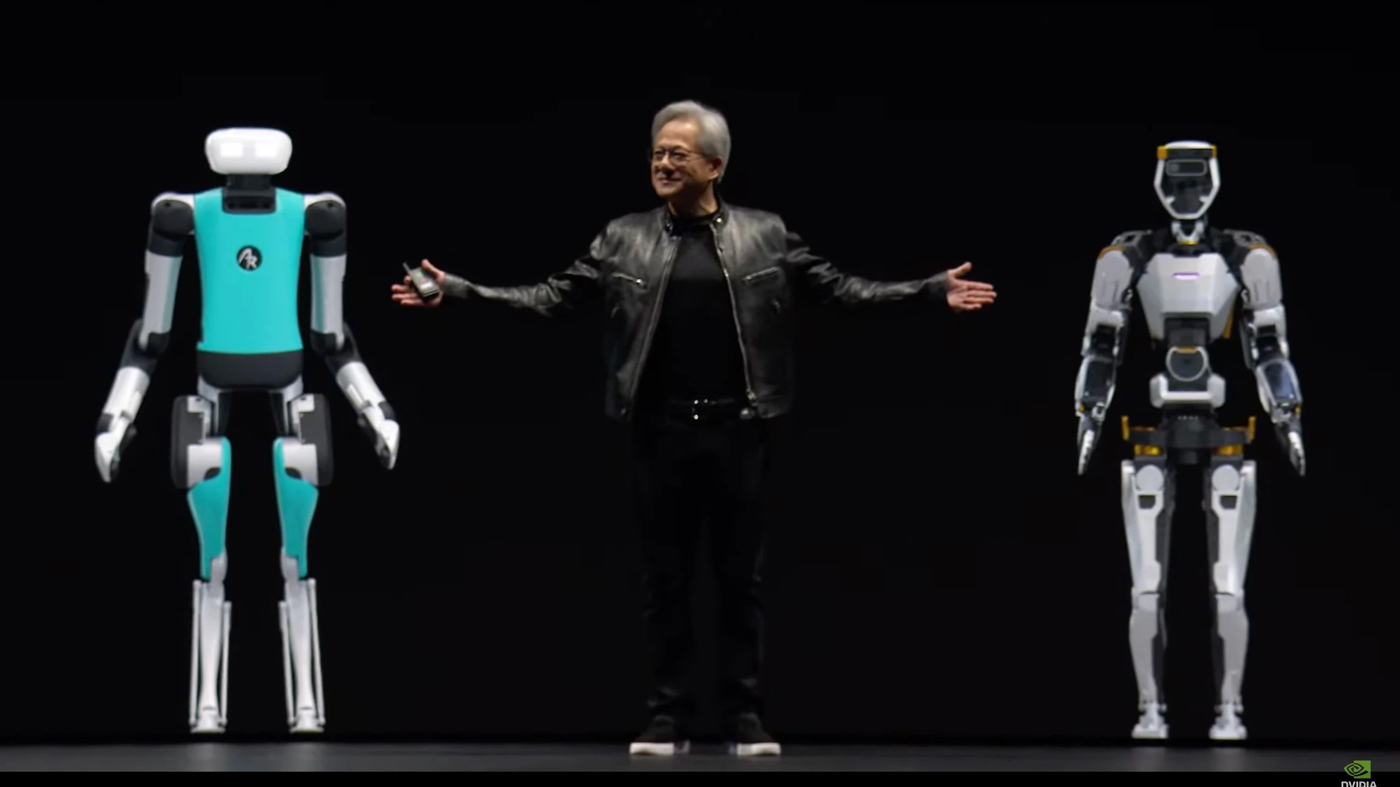DeepSeekMath is a rapidly evolving large language model (LLM) specifically designed for mathematical reasoning. Developed by DeepMind, it stands out for its impressive performance on complex mathematical tasks, pushing the boundaries of what LLMs can achieve in this field.
Key Features and Achievements:
- High Accuracy: DeepSeekMath 7B, the current flagship model, boasts a remarkable score of 51.7% on the MATH benchmark, a widely recognized competition-level test of mathematical reasoning. This performance rivals much larger and computationally expensive models like Gemini-Ultra and GPT-4.
- Open-Source Accessibility: Unlike many high-performing LLMs, DeepSeekMath is committed to open-source principles. Both its code and data are publicly available, fostering transparency and enabling further development by the broader research community.
- Data-Driven Approach: DeepSeekMath’s success hinges on a massive dataset of 120 billion math-related tokens, meticulously curated from publicly available web sources like Common Crawl. This rich dataset provides the models with diverse and comprehensive exposure to mathematical concepts and language.
- Innovative Training Algorithm: DeepSeekMath goes beyond conventional training methods by employing a unique algorithm called Group Relative Policy Optimization (GRPO). This variant of Proximal Policy Optimization (PPO) specifically targets enhanced mathematical reasoning capabilities while simultaneously optimizing memory usage, making the model more efficient.
Potential Applications:
- Education: DeepSeekMath’s ability to solve and explain mathematical problems has the potential to revolutionize education. It could act as a personalized tutor, providing tailored explanations and guidance to students at their own level.
- Scientific Research: The model’s capacity to grasp complex mathematical concepts could accelerate scientific research by assisting in tasks like formulating hypotheses, analyzing data, and suggesting new avenues for exploration.
- Engineering and Design: By understanding and manipulating mathematical relationships, DeepSeekMath could contribute to various engineering and design applications, optimizing processes, automating calculations, and facilitating innovation.
Limitations and Considerations:
Despite its impressive capabilities, DeepSeekMath is still under development, and some limitations need to be considered:
- Black Box Nature: Like other LLMs, DeepSeekMath’s reasoning process can be opaque, making it difficult to fully understand how it arrives at its solutions. This lack of transparency might pose challenges in certain applications.
- Data Biases: As with any AI model trained on real-world data, DeepSeekMath could inherit biases present in its training dataset. Careful evaluation and mitigation strategies are crucial to ensure fair and unbiased outputs.
- Computational Cost: While more efficient than some larger models, DeepSeekMath still requires significant computational resources to run. Optimizing its efficiency for wider accessibility will be critical.
Conclusion:
DeepSeekMath represents a significant leap forward in mathematical reasoning for large language models. Its open-source nature, impressive performance, and potential applications make it a valuable tool for education, research, and various other fields. As the technology matures and limitations are addressed, DeepSeekMath holds immense promise for revolutionizing our understanding and interaction with the world of mathematics.




